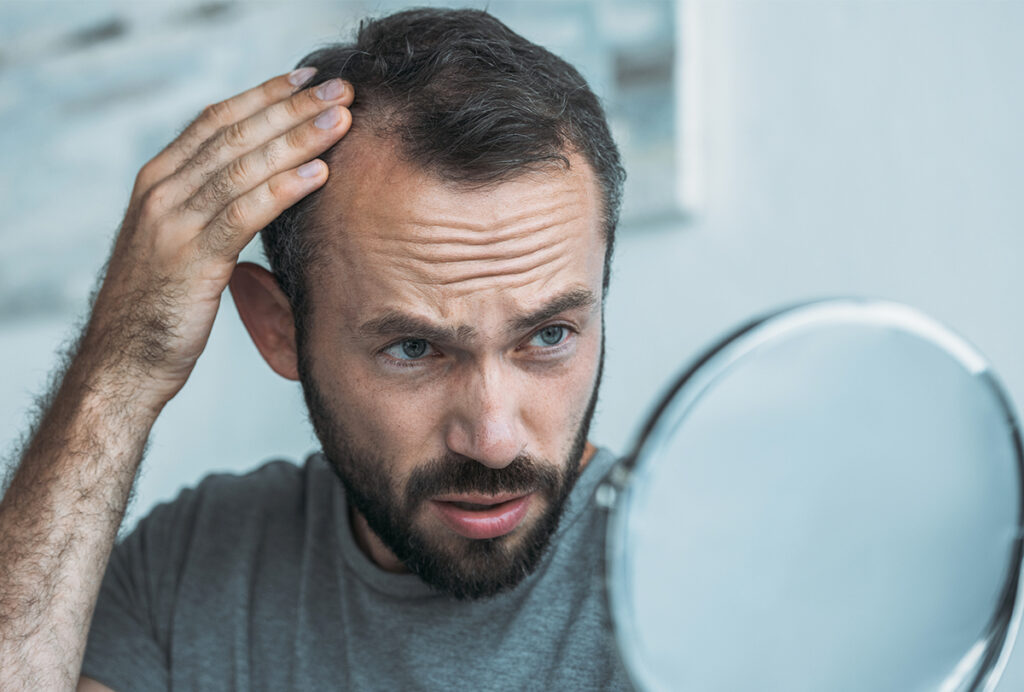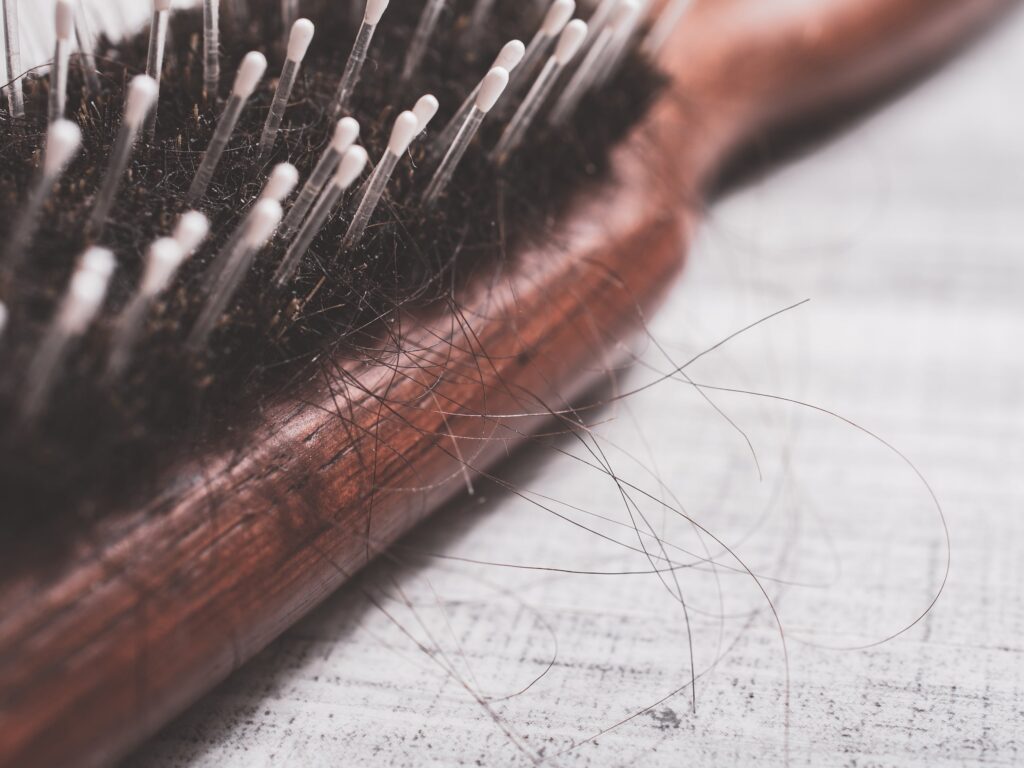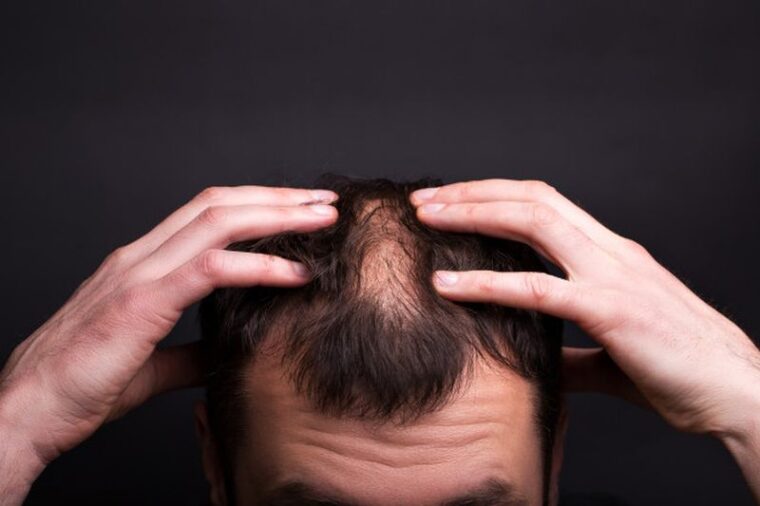According to hair loss statistics, did you know that it is possible to start losing your hair as early as your teen years?
Thick, healthy-looking hair is an instant confidence boost. For many people, their hair is their pride and joy! Not just because it sits at the top of their heads, but also because it makes a significant difference in how they look to others.
For people who are suffering from hair loss, this may be a sensitive topic. However, the good news is that you can get hair restoration if your hair is thinning or falling out. This alternative may not have been on your horizon until now, but it’s time to give it some thought.
Any kind of surgery may be frightening due to the uncertainty. This article describes what to anticipate during a hair restoration procedure.
Preparing For Your Consultation

Several things should be considered before scheduling an initial appointment for a hair transplant surgery – as well as a set of questions you should ask the hair transplant doctor.
Some doctors specialize in different areas of hair transplants. For example, some will only do beard or facial hair transplants; others may specialize in transplants on the scalp. Some doctors will only treat women or only men. Then, of course, some do it all.
It is critical to have a clear picture of your hair to grow to achieve success. During the appointment, the doctor will be able to advise you on the different treatment options available, their advantages and disadvantages, and the associated expenses.
Certain techniques are more intrusive and, as a result, need a longer recovery period; nevertheless, they are often less expensive than transplants, which require smaller incisions and a shorter healing period.
To ensure that your journey does not become a waste of time, you must determine if the doctor performs the procedure you prefer before traveling to your appointment. Click here to learn more.
Different Hair Restoration Procedures

“How will I look?” is the most common question people have before undergoing hair restoration. Previously, you could only speculate on your outcomes. You can now view your new hairline at your first appointment, thanks to cutting-edge technology.
Follicular unit transplantation (FUT) and follicular unit excision (FUE) are the two most frequent hair transplanting procedures (FUE). Both have the ability to provide outcomes that are both natural-looking and visually appealing.
The ARTAS Hair Restoration Method
The ARTAS hair transplant treatment is a minor invasive robotic hair restoration surgery for people who have lost their hair. The ARTAS System performs FUE using precision robots and advanced systems.
To enhance manual hair transplant methods, the device uses image-guided robots and advanced systems. With its unmatched performance and outcomes, surgeon-assisted technology has totally transformed the hair restoration field.
Benefits of ARTAS
Using this process for hair restoration has many benefits. Let’s look at some:
- Almost painless
- There is no scarring
- Precision robotics is fast, accurate, and consistent
- Digital imaging
- Natural-looking results
The ARTAS hair restoration produces natural-looking, long-lasting results. Hair growth may begin as early as 3 months and continue for a year. However, ARTAS results are most evident after 6 months.

Neograft Hair Restoration Method
NeoGraft is a semi-automated FUE hair implant method. It’s said to be more successful than previous FUE methods since it eliminates human mistakes.
Steps For NeoGraft Hair Restoration Procedure
It is good to know what to expect during a NeoGraft procedure. So let’s look at the steps taken by a surgeon during this procedure:
- Your surgeon will either shave your whole head or a portion of your scalp where hair follicles will be given
- A local anesthetic will then be applied to your scalp. They may even give you a little sedative to help you relax while the operation is being performed
- Next, they will use a special wand with pneumonic pressure to remove your hair follicles
- Using a sophisticated instrument, the surgeon will implant the hair follicles into the balding areas of your scalp
- To assist with control of bleeding, the surgeon may apply a bandage to the donor area and the implantation area
Because the automated system regulates the depth of incisions, NeoGraft is less invasive than FUT and conventional FUE surgery.
The implant area should heal in a week, and most individuals return to their daily routine in two weeks. Many people even return to work days later.
Your surgeon will be able to provide you with precise expectations and suggestions for how to care for your grafts after surgery.
Let’s take a look at the advantages of NeoGraft hair restoration.
- Reduced hair follicle damage
- Fewer complications since this technique are minimally invasive
- NeoGraft doesn’t require any stitches or staples
- Automation helps remove the human error that could cause damage to nerves or blood vessels
- Quicker than FUE
This treatment enables you to enhance the appearance of your hairline while utilizing your own hair. And it also has a shorter recovery period.

Other Methods of Hair Restoration
Besides ARTAS and NeoGraft hair restoration, many other treatments are available to people who are not quite willing to undergo hair transplantation yet.
Platelet Rich Plasma (PRP) Treatment
While heredity plays a part in hair loss and balding, regenerative medicine offers fresh hope for hair regeneration. PRP is a product derived from a person’s own blood. PRP has been used by surgeons to accelerate the healing of wounds for over two decades and helps boost hair follicle growth to produce healthier and thicker hair.
LED Light Treatment
This FDA-approved LED light therapy is intended to treat thinning hair non-surgically. NeoLTS works on any person, regardless of sex, color, or skin type. In addition, NeoLTS can last a long time with a basic maintenance plan.
FDA Approved Drugs
There are many hair loss remedies available. However, only Rogaine (topical minoxidil) and Propecia are authorized by the FDA to treat genetic baldness (finasteride).
Rogaine is a topical treatment that is rubbed directly into the scalp to promote hair growth. Unfortunately, only 10%-14% of individuals who use this lotion see hair growth. But Rogaine lotion may reduce hair loss.
Propecia is the first medication to treat genetic baldness in men. It should be taken as prescribed by a doctor. While it is beneficial, stopping therapy may not sustain benefits.

We Are All Born Bald But Don’t Have to Stay That Way!
There are various alternatives to hair transplant surgery that you may choose from. However, none have a success rate that is as high as that of hair restoration surgical treatment.
We have shown you why one of the primary reasons people choose to have hair restoration surgery. However, the most important thing to remember is to do your research and choose a reputable surgeon who is qualified to help you with your hair restoration requirements.
